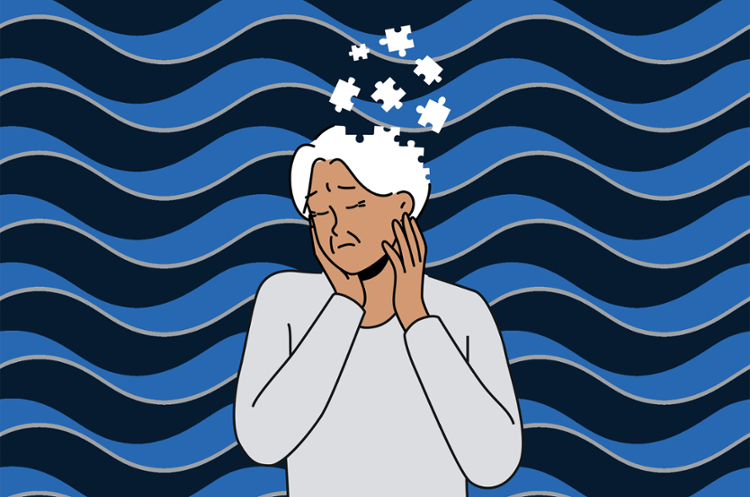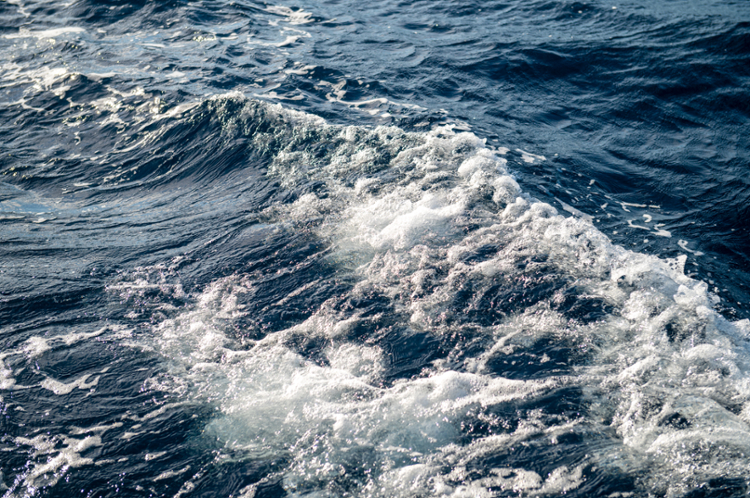TAMU-CC Researchers Map Out How COVID-19 May Look in Future
CORPUS CHRISTI, Texas – With many Texas businesses now allowed to increase occupancy to 75% effective Sept. 21, researchers at Texas A&M University-Corpus Christi have prepared scenarios that show how the spread of COVID-19 could change over the coming weeks in the Coastal Bend.
The special COVID-19 research team generated two possible tracks for the disease, taking into consideration the relaxed occupancy limits for retail businesses, restaurants, gyms, offices, and others; the coming seasonal change in weather; and how well residents of the Coastal Bend will continue to adhere to social distancing, wearing masks, and other precautions. The scenarios are focused on the level of hospitalizations in area hospitals and follow the current transmission rate, as well as a possible increased rate.
“Basically, we’re having a small number of cases, our regulations have changed, and a lot of people want to know what might happen,” said Dr. Chris Bird, Associate Professor of Biology at Texas A&M-Corpus Christi. Bird presented the information during a regular weekly update Sept. 29 by city and county officials.
The first scenario, a continuation of the rate of transmission continuously used since mid-July, shows hospitalizations continuing to slowly decrease from a peak of cases in late July. Using a transmission rate of 0.9, meaning one infected person infects less than one other person, the model predicts a slow decline through the rest of the year when cases will be near zero. Total cases for the remainder of the year are projected at 421.
The second scenario shows what could happen if the transmission rate increases to 2.0, meaning each infected person spreads the disease to two other people. The second scenario also assumes that the transmission rate changes back to 0.9 when 15% or more inpatients in our Coastal Bend hospitals are COVID positive for at least seven days, as measures would be rolled back. If a new surge starts, reacting quickly will considerably limit hospitalizations and casualties. The number of COVID-19 patients for this second scenario would increase over the next several weeks, reaching a peak in early November just below the peak in cases reached during the July surge. Total cases for the remainder of the year would be 12,387.
The researchers emphasized that residents of the Coastal Bend can reduce or limit a new surge in cases depending on how well they follow precautions.
“It’s important for the community to know we could go through it again,” said Dr. Philippe Tissot, Interim Director of the Conrad Blucher Institute at A&M-Corpus Christi.
Bird agreed, noting that a continued commitment to taking precautions, such as wearing face masks, will be vital to maintaining the trend downward.
The researchers urge people to follow precautions carefully, such as social distancing, hand-washing, wearing face coverings, staying at home, and not gathering in groups in an effort to slow the spread of COVID-19.
Bird and other members of the task force are preparing in-depth reports and public presentations each week for the City of Corpus Christi and Nueces County that model the course of the virus across the Coastal Bend. The updates are presented at 5 p.m. Tuesdays, except for next week when the update will be presented at 5 p.m. Wednesday, Oct. 7.
The team’s presentations and findings can be seen on a special dashboard: https://www.conradblucherinstitute.org/covid19.

